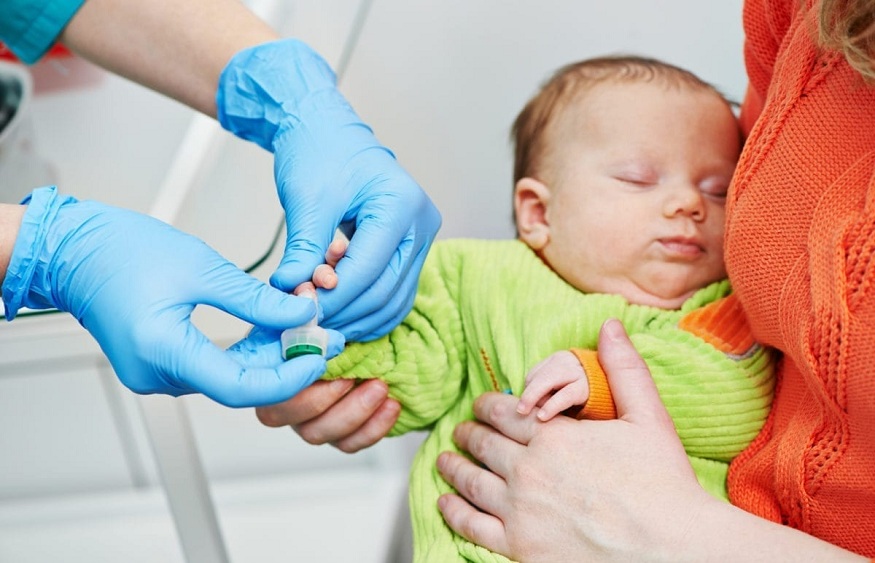Understanding Neonatal Screening: A Quick Guide

Welcoming a newborn into the world is an ecstatic occasion. As parents, you want the best for your baby’s health and well-being. Neonatal screening plays a crucial role in ensuring just that.
In this quick guide, we will explore neonatal screening, how the test is conducted, what conditions are being screened for, and what to expect when receiving the results.
What is Neonatal Screening?
Neonatal screening, also known as newborn screening or heel-prick test, is done within the first 48 to 72 hours of birth to detect specific genetic, metabolic, and congenital disorders in newborns. These disorders can have severe consequences if left undetected and untreated. Early identification through newborn screening allows for prompt intervention, significantly improving a child’s quality of life and preventing potentially life-threatening complications.
Furthermore, identifying specific health conditions in babies early on allows doctors to tailor their immunization schedules to meet individual needs, ensuring vaccines’ safe and effective administration.
How is the Test Done?
The newborn screening process is relatively simple. Here’s what happens:
- A doctor or nurse will prick your baby’s heel to get a few drops of blood. Pricking is quick and nearly painless. The blood is collected onto a special filter paper and sent to a laboratory for analysis.
- In the laboratory, the blood sample is analyzed for specific markers or substances associated with various disorders. These markers can indicate whether further diagnostic testing is required.
- In some cases, the doctor may suggest additional tests to confirm the initial findings. These tests include genetic testing, imaging, or other medical assessments.
What is Being Screened For?
Newborn screening may vary by region and healthcare system but commonly include tests for the following conditions:
Phenylketonuria (PKU)
Phenylketonuria is a metabolic disorder that affects the body’s ability to break down the amino acid phenylalanine, leading to intellectual and developmental disabilities.
Cystic Fibrosis
Cystic fibrosis is a genetic disorder that affects the lungs and digestive system, causing breathing difficulties and other health issues.
Hypothyroidism
Hypothyroidism is a condition in which the thyroid gland does not produce enough hormones, which can lead to developmental delays if left untreated.
Sickle Cell Anemia
It is an inherited blood disorder that changes the shape of red blood cells, leading to various complications.
Congenital Heart Defects
Some screening programs include tests to identify heart defects present at birth, which may require surgical intervention.
Galactosemia
Galactosemia is a metabolic disorder that impairs the body’s ability to break down a sugar called galactose, potentially leading to serious health problems.
Hearing Loss
Additionally, some programs screen for hearing impairment in newborns, as early intervention can be crucial for language development.
Getting the Results
Once the screening process is complete, you can expect to receive the results within a few weeks. Your doctor will typically communicate the results, and the outcome may fall into one of the following categories:
- Negative: The screening results are within the expected range, indicating that your baby is not at increased risk for the screened conditions.
- Positive: If the screening results suggest a potential problem, your doctor may recommend further diagnostic tests to confirm or rule out the condition.
Receiving an abnormal result can be distressing for parents, but it’s important to remember that newborn screening detects potential issues early. Timely intervention can make a significant difference in managing and treating these conditions, ultimately leading to better outcomes for your child.
Take Away
Neonatal screening ensures early detection of genetic, metabolic, and congenital disorders in newborns. This proactive approach to healthcare allows for prompt intervention, improving a child’s chances for a healthy and fulfilling life






